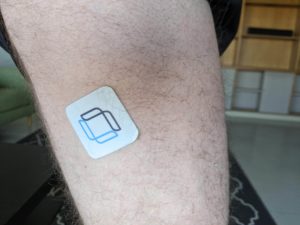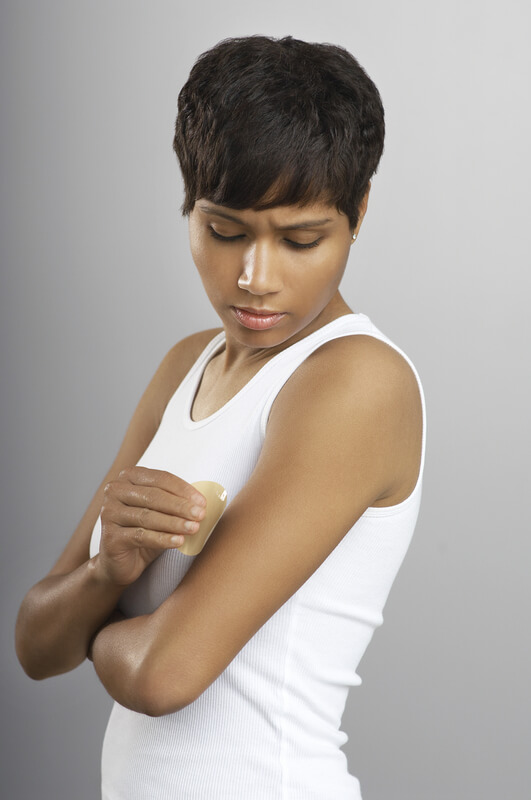Slap a sleep patch on and go right to sleep—it’s that simple, right?
Not so fast!
Where and how you put them on can even be more important than what’s in the patch itself.
That’s not to say that what’s in the patch doesn’t matter.
It does. There are many different formulations. Some have a lot of melatonin; some have a little; others don’t have any. There are a lot of different substances a manufacturer can use. Somebody had some success with the substance some time, right? It must have worked for them. Not everything sold is tested by independent labs because it’s an ingredient found in nature and can’t be patented. Testing costs money. Yet just because it’s not well tested doesn’t mean it can’t work.
Some sleep-promoting substances available in sleep patches include oleamide, skullcap, reishi, 5-HTP, magnesium, GABA, Cotu Kola, hops, lavender oil, passion flower, valerian, and black peppercorn.
What’s the best sleep patch?
The critical question isn’t what’s the best sleep patch. Instead, it’s more important to ask what’s the best type of sleep patch for you in your situation.
A sleep patch is a form of what’s known as a transdermal medication, and it’s not as simple as taking a pill. As with any medication, you ideally want to consider how it works. The substance on the patch absorbs through the skin.
Melatonin is an excellent help in getting travelers across time zones and shift workers back on schedule, but other people with sleeping difficulties might want to use something else. Other substances come with other side effects and limitations too.
Sleep patches need blood flow and lots of it.
When using one, put it on in a part of your body with minimal hair and the most blood flow.
If you’re hairy, shave an out-of-the-way spot and slap it on there.

Don’t put a sleeping patch on your forearms or lower legs and feet. While there’s blood flow to those parts (if not, then wounds don’t heal, and gangrene sets in), there’s not as much blood getting to those parts on your trunk. Those points are further away from your core. You don’t want to wait hours for the sleeping patch to start working.
Your upper arms can work, especially where they’re warm. Your stomach, thighs, and other places closer to the center are also great spots for absorption.
If your skin is dirty, wash it off. If you’re hairy, shave it off. You’re striving for good contact, minimal hair, and no dirt getting in the way.
With some of these patches, these considerations don’t matter as much.
When it comes to the sleep patch, it does. You want to get to sleep sooner rather than later. Absorption matters
Remember to swap the sites if you try to use patches for more than a few nights.
And if you’re looking to sleep better, remember to consider other remedies like cutting caffeine late in the day.
Do sleep patches work?
Any of them can work for you sometimes, even if you don’t make using them a habit.
They’re not a long-term solution—no medication is. The best way to get sleep consistently is to have good habits.
And if you are going to use them, make sure you’re putting them on in a place with great blood flow.
For further reading:
How to use a light therapy lamp to get results
What’s the No. 1 thing you can do to fall asleep naturally every night?
James Cobb RN, MSN, is an emergency department nurse and the founder of the Dream Recovery System. His goal is to provide his readers with simple, actionable ways to improve their health and maximize their quality of life.
We use affiliate links in some banner ads. We may receive a commission if you click on a link and make a purchase. This has no effect on our opinions.
